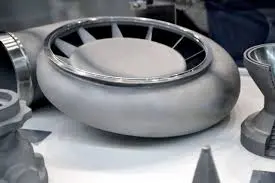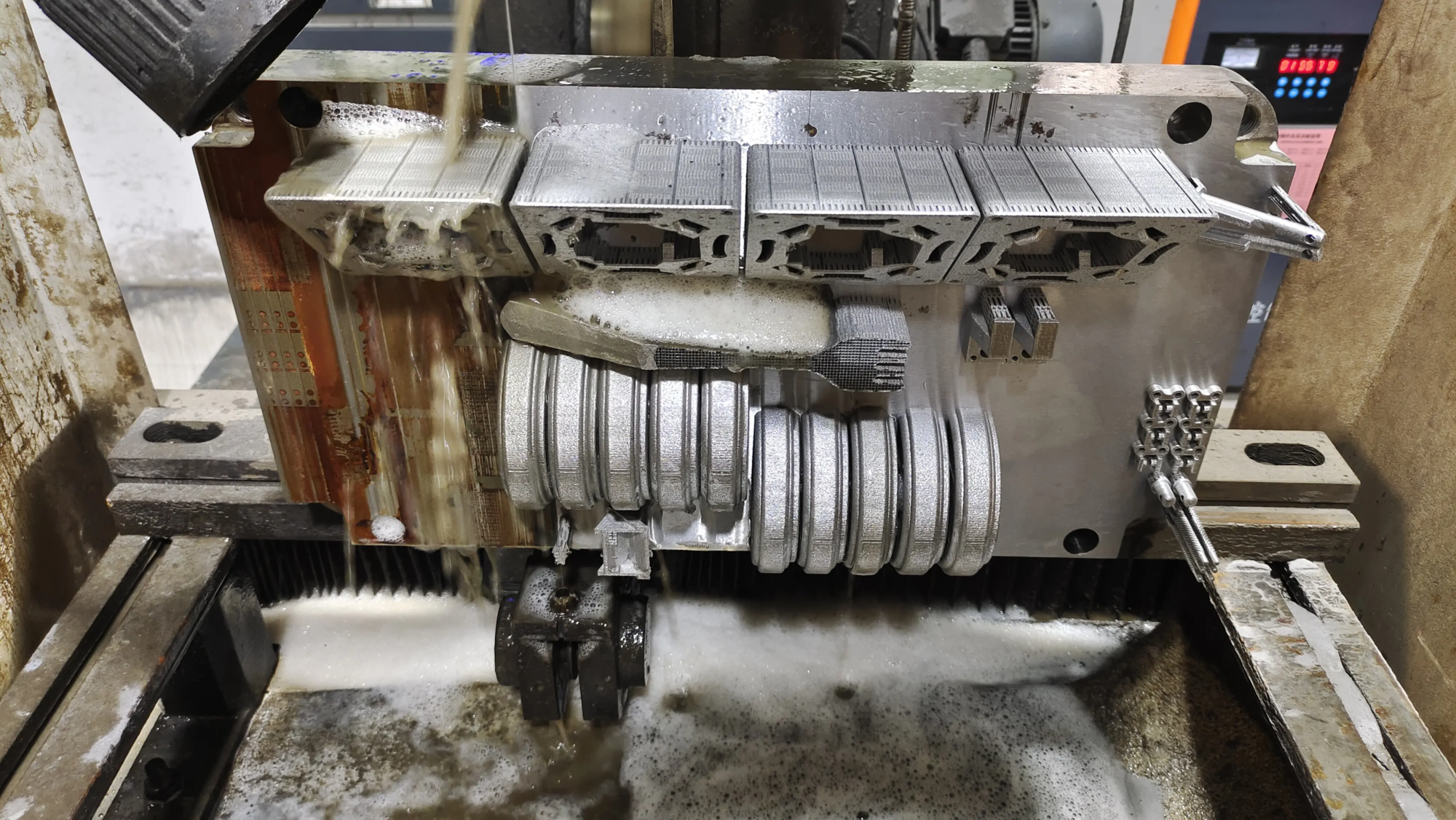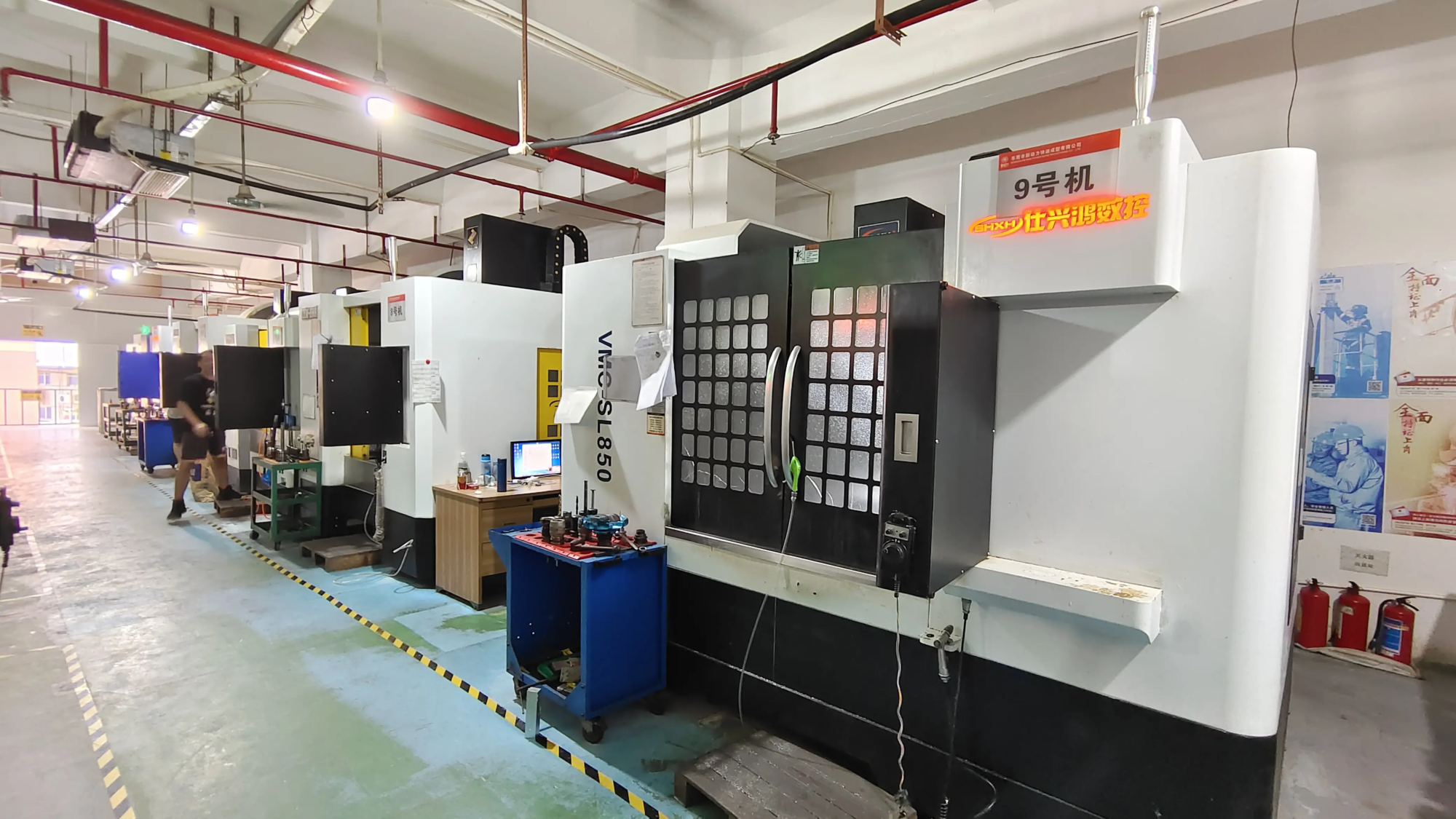According to the World Health Organization (WHO), the Herpes Simplex virus (HSV) is estimated to infect 64% of the world’s population. This virus can cause oral and genital herpes which, although sometimes asymptomatic, can also cause pain attacks and make people infected more sensitive to HIV.
Although existing antiviral drugs such as acyclovir can relieve symptoms, they cannot cure the virus. Once infected, the HSV will hide in nerve cells for life, causing long -term problems to the patient. Existing therapeutic methods are mainly based on traditional cell culture techniques, but these methods do not precisely simulate the real in vivo environment, thus limiting the effectiveness and effectiveness of the development of new drugs.
On February 19, 2025, according to the resource library, with the widespread application of 3D printing technology,New solutions to this problem。
Praced in 3D printing of human skin models
Fred HutchinsonDr. Zhu Jia of Fred Hutch Cancer Research Center collaborates with researchers from the National Center for Advanced Translational Sciences to successfully create “human skin equivalents” using 3D printing technology. This skin model reproduces the structure of human skin thanks to 3D printing technology, including epidermis and dermis. It has not only higher physiological correlations, but also provides a more realistic environment for screening and anti-HSV drug tests.
Laboratory researchers deposited fibroblasts in a specially designed culture container thanks to 3D printing, then added keratinocytes. After these cells were placed in different crafts of incredible culture, the small resulting organoids took the structure of human skin closely, including the dermis, which consisted mainly of fibroblasts and the epidermis, which consisted of keratinocytes.
This skin model can not only simulate the initial infection of the HSV, but also simulate the recurrence of the virus during the latency period, considerably improving the precision and the repeatability of the experience.
Development of drugs using 3D printed skin models
The traditional HSV drug screening is generally based on vero cells and in vitro culture fibroblasts, and these models cannot fully simulate the real biological environment of the human body. Using 3D printing to make skin equivalents, researchers were able to assess the effectiveness of the drug more precisely.
In this study, the laboratory detected 738 drugs, including former drugs approved by the FDA and some new candidates. In order to follow the effect of the drug in real time, the team used HSV with green fluorescent proteins and fibroblasts with a red fluorescent protein to observe the antiviral effect of the drug using high -speed fluorescence microscopy technology.
The experimental results show that the 3D printed skin model has managed to discover a variety of effective compounds against HSV, and these drugs are relatively low in toxicity for host cells. Researchers have also found that acyclovir has shown significant differences in different cell models, providing precious indices for the development of more efficient HSV treatment options.
3D printing prospects in the development of drugs
Dr. Zhu Jia and his team said that in the future, 3D printing technology will continue to be used to create more cell models derived from patients to test the effectiveness of the drug. Thanks to 3D printed skin equivalents, the team is able to incorporate individual biological characteristics in the drug detection process to ensure that the drug can operate effectively in a real biological environment.
Dr. Zhu underlined in particular: “By printing 3D, new generation skin organoids using patients derived from the patient, we can make sure that the effectiveness of trial drugs is closer to clinical applications.”
3D printing not only makes the screening of drugs more physiologically relevant, but also provides more individual differentiated data for the research and development of drugs, promoting personalized medical care. The application of this technology marks a new era in the development of drugs, which can not only improve the effectiveness of R&D, but also accelerate the emergence of new anti-HSV drugs.
Conclusion
3D printing technology is increasingly used in the medical field, in particular in the development of drugs, disease modeling and organ printing. The equivalent of human skin successfully manufactured by the Dr. Zhu Jia team provides a more realistic and reliable test platform for the research and development of HSV therapeutic drugs thanks to 3D printing technology.
With the continuous advancement of technology, 3D printing will bring more innovative breakthroughs in the medical field in the future and will promote the development of the treatment of the disease in a more precise and personalized direction.





